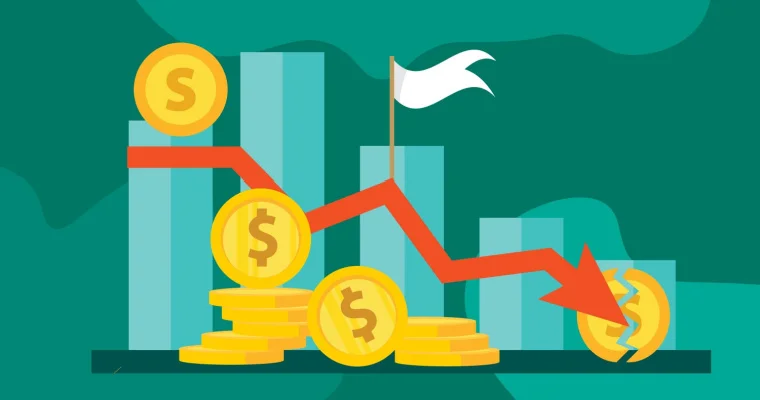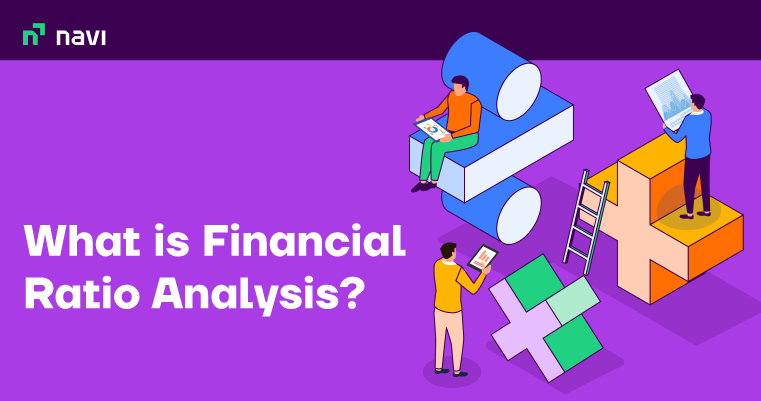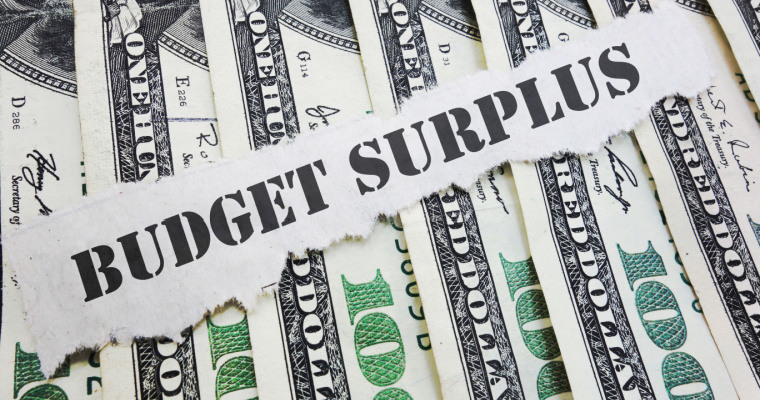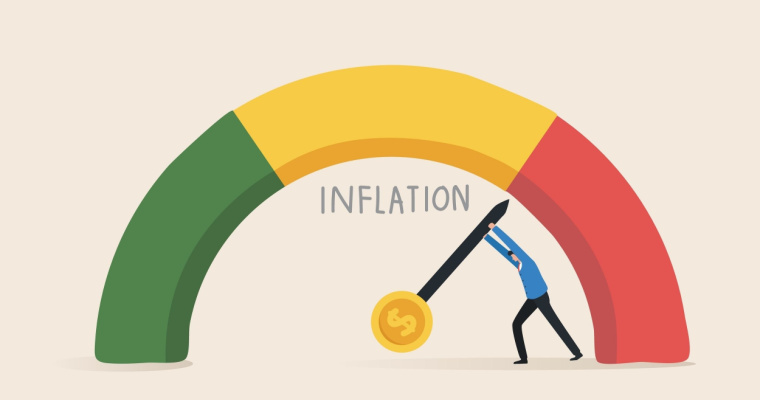What is Unsecured Business Loan: How To Apply, Benefits And Eligibility Criteria

When a financial institution provides a loan based on a borrower’s credit history and without any collateral, it is called an unsecured business loan.
Many business owners borrow unsecured business loans to finance their dreams. However, banks and other financial institutions generally lend it to people with good businesses and high credit worthiness.
Unsecured Business Loan Interest Rates 2022
Refer to the table below to check the latest unsecured business loan interest rates
| Bank/NBFCs | Interest Rates (p.a.) |
| HDFC Bank | 11.90% – 21.35% |
| Axis Bank | 14.25% – 18.50% |
| Fullerton Finance | 17% – 21% |
| Kotak Mahindra | 16% – 19.99% |
| IDFC FIRST | 14.50% onward |
| RBL | 17.50% – 25% |
| ICICI | 18% onward |
| Tata Capital Finance | 19% onward |
| Hero FinCorp | Up to 26% |
How to Apply for an Unsecured Business Loan?
Below are the steps to apply:
Offline:
- Step 1: Visit the nearest branch of your chosen bank/financial institution
- Step 2: Check with the officials about the amount that you will receive against your business loan eligibility
- Step 3: Fill up the application form and submit the required documents. Finally, wait for the amount to get disbursed to your account
Online:
- Step 1: Visit the official website of your lender
- Step 2: Navigate to ‘business loan’ on the homepage
- Step 3: Fill up every required detail in the application form
- Step 4: A bank representative will get in touch with you and guide you on the next steps
Unsecured Business Loan Eligibility Criteria
Eligibility parameters of unsecured business loans are listed as follows:
- Credit score of the business owner needs to be 750 or above.
- Applicant’s minimum age has to be 18, and maximum age has to be 65 at the time of the loan’s maturity.
- The applicant’s business needs to function from the exact location for the last one year. Additionally, it needs to earn profits.
- Applicants need to provide bank details of the previous 6 months.
- Importantly, borrowers need to have a regular source of income. Therefore, they need to submit their salary slips while applying for an unsecured business loan.
Documents Required for Procuring Unsecured Business Loan
Below listed are a set of general documents required to apply for such a loan:
- Proof of income
- Passport size photograph
- Address proof
- Photo identity proof
- Proof of business continuity
- Signature proof
- Bank statements
Unsecured Business Loan Features and Benefits
Crucial features of these loans are enumerated below:
- These loans are sanctioned without any collateral.
- Overdraft bank facilities are available on most unsecured business loans.
- Financial institutions strictly check the borrower’s income, CIBIL score and history of loan repayment.
- Unsecured business loans have a flexible loan tenure.
- Loan amount will depend on the size of the business.
Unsecured vs Secured Business Loans
This table below provides essential differentiating factors between secured and unsecured loans:
| Features | Unsecured Loans | Secured Loans |
| Collateral/Security requirements | Not necessary | Mandatory, in the form of residential or commercial properties/stocks/machinery |
| Credit score | Good credit history is a must | Credit history is not rigidly checked |
| Rate of interest | High | Low, as compared to unsecured business loans |
| Rate of approval | Low | High |
| Available loan amount | Reasonable | High |
Advantages and Disadvantages of an Unsecured Business Loan
Given below are advantages and disadvantages of these loans:
Advantages are as follows:
1. Quick loan process
When someone applies for a loan, it is generally a lengthy process because the officials go through the documents and assess the applicant’s worthiness.
The process of availing of this loan takes much less time. This is because documentation takes up much less time. As a result, the amount gets disbursed very quickly.
2. No collateral
Financial institutions consider the eligibility and income of the borrower before sanctioning the unsecured loan amount. The borrower doesn’t have to submit any details of collateral.
3. No risk to business assets
Considering the fact that the borrower doesn’t have to submit the details of assets like commercial property, vehicles and inventories, business assets are not exposed to any risk.
Disadvantages are as follows:
4. High rate of interest
These loans have the provision of no collateral. Financial institutions levy a high-interest rate on unsecured business loans to balance the risk.
5. Risk of low credit score
If a borrower fails to pay EMIs on time, his/her credit score will be automatically lowered.
6. Loan amount is low
As these loans involve risks, the amount available is generally lower than secured loans.
Also Read
Final Word
If you have wanted to build your startup, it’s time to get going. Don’t let financial woes let you down. If you have a good credit score and a good repayment history, you can consider borrowing an unsecured business loan.
FAQs
Ans: The amount of money that one can avail of depends on the applicant’s income. The minimum amount is Rs. 10,000, and the maximum amount that one can avail of as an unsecured business loan is Rs. 1 crore.
Ans: Generally, a financial institution takes 7 – 15 working days to complete the processing of an unsecured business loan. After the institution completes verifying all the documents, it doesn’t take much time for the loan amount to get disbursed to your account. But, the time varies from one financial institution to another.
Ans: It depends on the bank entirely. Often, banks have a lock-in period of 6 months to a year. Sometimes, customers can pre-close a loan after the first EMI has been paid. Banks can levy pre-closure charges on individuals seeking to pre-close their loans. It is advisable to check the bank’s rules related to pre-closures of business loans.
Ans: If you have missed 1-2 payments, the lender might issue warnings. You might also have to pay fees. Lenders might increase the interest rate. Loan default takes place after 3-6 missed payments. After that, the lender might alter the loan agreement and offer lower payments over a longer period. The lender might terminate the loan agreement as well.
Ans: Given below are the few steps to follow if you’re worried about defaulting:
Inform your lender of the problem. They might alter the loan agreement that cater your requirements.
Talk to an accountant who can help you identify cash flow from other avenues of the business.
Choose the option of refinancing if it’s possible.
Finally, don’t panic.
Disclaimer
This article is solely for educational purposes. Navi doesn't take any responsibility for the information or claims made in the blog.

Customer’s Feedback
No comments found.What is Primary Deficit? – Example, Formula & Measures
What is a Primary Deficit? Primary Deficit is the difference between the current year’s fiscal... Read More »What is Financial Ratio Analysis? – Objectives, Types and Uses
Ratio analysis is a process that allows people to assess the financial health of a company. Using t... Read More »Treasury Management – Its Functions, Types and Benefits
Even the most well-funded business can run into huge losses if it does not have the resources to fu... Read More »How Anti Money Laundering Combats Financial Crime?
Anti Money Laundering (AML) is a system of rules, laws, regulations, and procedures that financial ... Read More »What is Salvage Value and Why is it Useful?
Salvage value, also called scrap value, is the value of a specific asset after its useful life. In ... Read More »Key Difference Between Factoring and Forfaiting in Trade Finance
Factoring and forfaiting have grown in prominence as major sources of export financing. For the uni... Read More »What is Factoring and its Importance in Financial Management?
Factoring is a practice in which a company buys the accounts receivable of another company at a dis... Read More »What is Budget Surplus: Its Effects, Advantages and Impact with Examples
When the revenue of a government, business, or individual exceeds its expenses in a given period, i... Read More »What is Balanced Budget – Components, Importance and Examples
In financial planning or the budgeting process, a balanced budget is one in which total anticipated... Read More »What Does Inflationary Gap Mean in Macroeconomics?
In macroeconomics, the difference between current and potential GDP is known as a gap. This gap is ... Read More »What is Accounting Conservatism in Finance and How Does it Work?
Accounting conservatism involves a conservative set of accounting guidelines wherein the worst-case... Read More »Multiple Linear Regression (MLP) – Uses, Formula and Examples
Various statistical models help in establishing a relationship between different variables. Multipl... Read More »Top 10 Chit Fund Schemes in India in 2023
Chit funds are one of the most popular return-generating saving schemes in India. It is a financial... Read More »10 Best Gold ETFs in India to Invest in April 2023
Gold ETFs or Gold Exchange Traded Funds are passively managed funds that track the price of physica... Read More »10 Best Demat Accounts in India for Beginners in 2023
Creation of Demat accounts revolutionised the way trades were conducted at the stock exchanges. It... Read More »20 Best Index Funds to Invest in India in April 2023
What is an Index Fund? An index fund is a type of mutual fund or exchange-traded fund (ETF) that... Read More »Best Arbitrage Mutual Funds to Invest in India in April 2023
Arbitrage funds are hybrid mutual fund schemes that aim to make low-risk profits by buying and sell... Read More »10 Best SIP Plans in India to Invest in April 2023
What is SIP? SIP or Systematic Investment Plan is a method of investing a fixed amount in ... Read More »10 Best Corporate Bond Funds in India to Invest in April 2023
Corporate bond funds are debt funds that invest at least 80% of the investment corpus in companies ... Read More »10 Best Bank for Savings Account in India [Highest Interest Rate 2023]
Savings account is a type of financial instrument offered by several banks. It lets you safely depo... Read More »
































